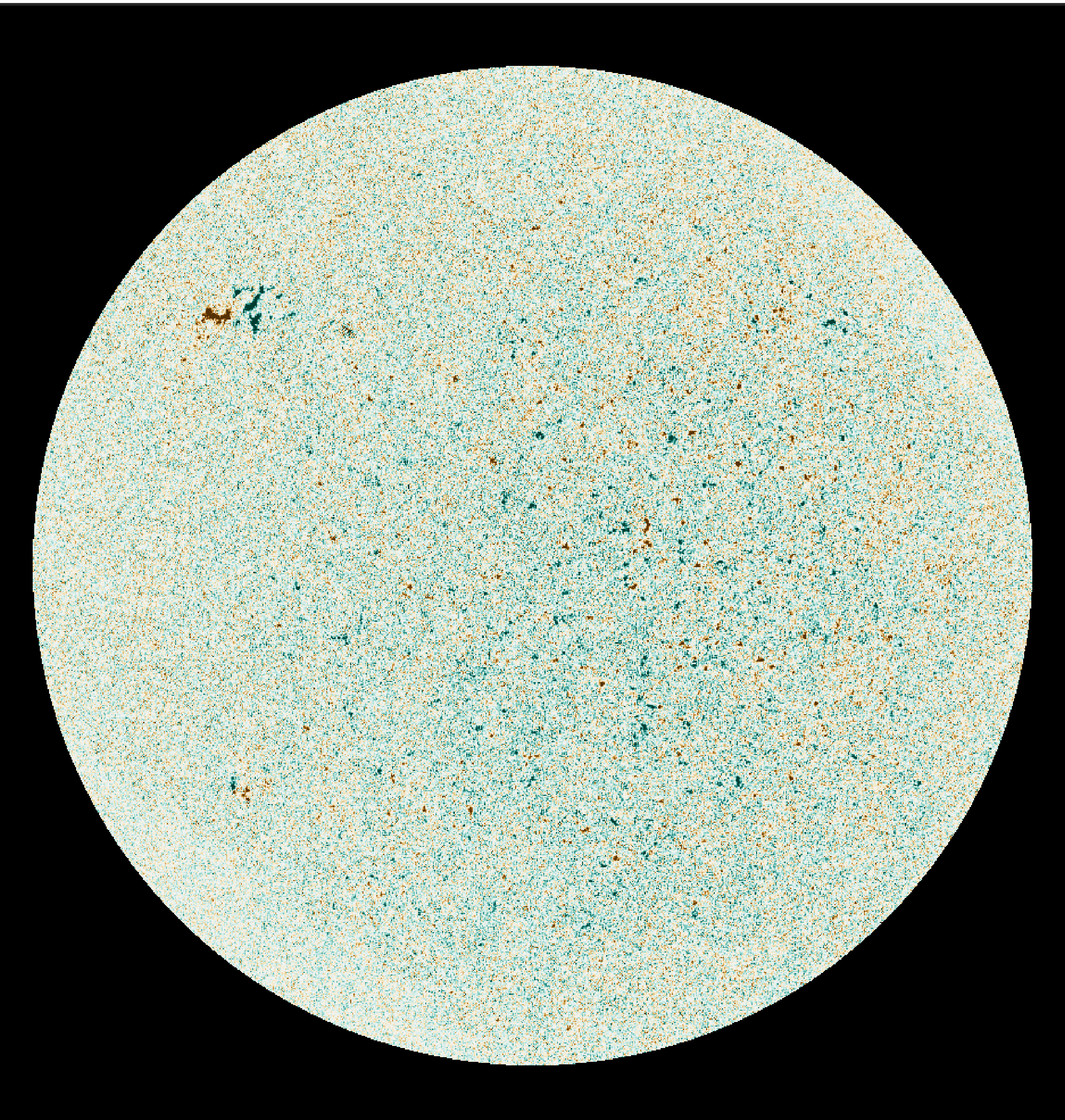
In addition, the aberration correction increases the noise by a factor of only 1.45 compared to the factor of 3 increase that results from the usual PD reconstructions. Results.The wavefront error of HRT depends on the orbital distance of SO to the Sun. We also introduce a new level of image reconstruction, termed `aberration correction', which is designed to reduce the noise caused by image deconvolution while removing the aberrations caused by the HREW.Ĭonclusions: The computed PSF via phase diversity significantly reduces the degradation caused by the HREW in the near-perihelion HRT data. We use a pair of focuseddefocused images to compute the wavefront error and derive the PSF of HRT by means of a phase diversity(PD) analysis. We develop an interpolation scheme for the wavefront error that depends on the thermal variation of the HREW with the distance of SO to the Sun. At distances < 0.5 au, the thermo-optical effect of the Heat Rejection Entrance Window (HREW) becomes noticeable. Extreme Ultraviolet Imager (EUI), Polarimetric and Helioseismic Imager (PHI), Solar 17 July 2020 Solar Orbiter spots country-sized campfires on the Sun. On, an M-class flare followed by a filament eruption was seen both by the instruments on board the mission and from several observatories in Earths orbit.
#PHI SOLAR ORBITER WINDOWS#
At distances > 0.5 au, the wavefront error is small, and stems dominantly from the inherent optical properties of HRT. Since the magnetic field anchored at the solar surface produces most of the structures and energetic events in the upper solar atmosphere and significantly influences the heliosphere, PHI plays a key role in reaching the science goals of Solar Orbiter. The Solar Orbiter mission completed its first remote-sensing observation windows in the spring of 2022. Results: The wavefront error of HRT depends on the orbital distance of SO to the Sun. Methods: We use a pair of focused-defocused images to compute the wavefront error and derive the PSF of HRT by means of a phase diversity (PD) analysis.

Our ultimate aims are to reconstruct the HRT data by deconvolving with the HRT point spread function (PSF) and to correct for the effects of optical aberrations on the data.

In these images, PHI reveals the breadth of information it can unlock. Aims: We use wavefront sensing to characterise the image quality of the High Resolution Telescope (HRT) of the Polarimetric and Helioseismic Imager (SO/PHI) data products during the second remote sensing window of the Solar Orbiter (SO) nominal mission phase. The Polarimetric and Helioseismic Imager (PHI) on ESA’s Solar Orbiter measures the magnetic field near the Sun’s surface and allows the investigation of the Sun’s interior via the technique of helioseismology.


 0 kommentar(er)
0 kommentar(er)
